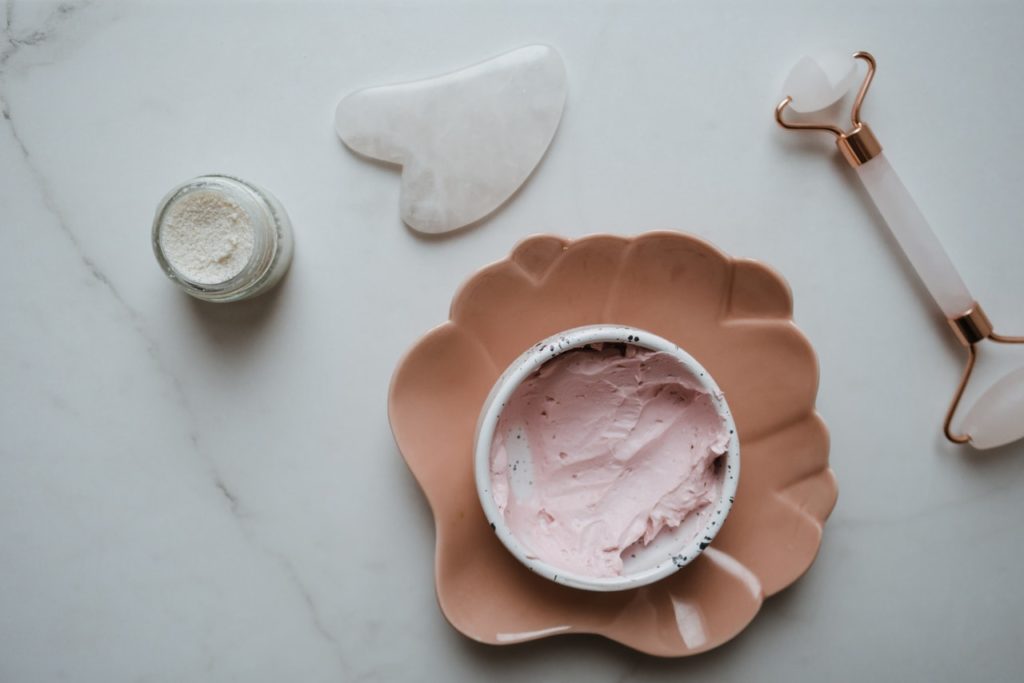Customization is a growing trend in business that gives brands an edge. From engraving a customer’s name into a phone case to formulating a shampoo based on their exact hair type, brands are finding ways to enhance the customer experience. And the market is buying into it. The rise of individualism in the last decade planted a common goal among consumers, and that is to stand out. As such, they seek products and services tailored to their needs.
Coca-cola and Sephora are perfect examples of brands that did customization right. Coco-Cola took the market by storm when they launched their Share a Coke campaign, in which names and colloquial sayings were printed on bottles. Unsurprisingly, consumers rushed to grocery stores to find their own names or their loved ones’ on the bottles. Sephora nailed personalization by optimizing both their in-store and online customer service. Their app allows customers to try on makeup virtually via augmented reality. They also use a single view of their customers across channels, so that they can recognize a customer online, even if that customer only shopped in stores previously.
Before we delve into the success formula of customization, though, it’s crucial to understand if it’s the same as personalization. We often hear those two terms used interchangeably, but there are some distinctions between them.
Customization vs. Personalization
Customization is the act of delivering goods and services that are tailored for a specific customer’s needs. Personalization, on the other hand, is a marketing tactic that aims to communicate with a single consumer or consumer segment.
To picture the difference clearer, personalization is when a brand emails you with your name in the salutation. Customization is when a brand recommends a set of products chosen specifically for you, based on your past purchases or any other relevant data.
The Four Approaches to Mass Customization
Harvard Business Review identified four distinct approaches to customization, namely collaborative, adaptive, cosmetic, and transparent, defined below:
-
Collaborative
This is the approach where a brand conducts a dialogue with a customer to help them articulate their needs, to point out the offering that will satisfy those needs, and to make customized products for them. Let’s say you’re selling travel bags. Instead of making your customers choose one among a mass of different bags, you’ll ask them to specify their needs instead. For example, how much do their luggage usually weigh, what are the types of clothing they pack, and whether they prefer a bag with wheels or not. From their answers, you’d be able to design a travel bag that supports all their exact needs.
-
Adaptive
Adaptive customizers offer one standard, and it is up to the customers how they’re going to change it. An example of this is a lighting system. Customers can buy one, which they can use for a variety of purposes, such as dining, partying, reading, and working. By simply altering the settings of the light, they change its function depending on their task at the moment.

-
Cosmetic
Personalized products fall into this approach. Cosmetic customizers offer the same product to all customers but present it differently. For example, beverage bottles with a specific customer’s name written via a laser and engraving machine. The product is essentially the same as other beverage bottles, but the name on it makes it special.
-
Transparent
Ironically, transparent customizers recommend different products for each customer without letting them know that those products have been customized for them. It appears that instead of the brand, it’s the customers that show transparency. From their data that shows their interests, previous purchases, and needs, brands are able to identify the product or service that’ll satisfy them the most.
Why Product Customization is Advantageous
Whichever approach to the customization you choose, you can collect higher revenue because you can charge more. Naturally, a product that’s modified according to a customer’s demand will be pricier. If you’re worried that charging more will repel customers, that doesn’t seem to be the case. According to a survey by Deloitte, 1 in 15 customers are willing to pay 20% more for a customized product.
Customized products also stimulate word-of-mouth marketing. People are intrigued by products with a customer’s name on it, urging them to ask questions. From there on, it will be a ripple effect of people talking about your products.
Lastly, customers are more satisfied when their exact needs are met. Even if it’s only an email with their name in the salutation, they already feel valued. What more if it’s a product with their name engraved on it?
Therefore, if your budget permits you to offer customized products, seize the opportunity. The market may be sluggish these days because of the pandemic, but as the world slowly recovers, people’s purchasing powers will rise again. Everyone can use a personalized product or service when the world is healthy again.



